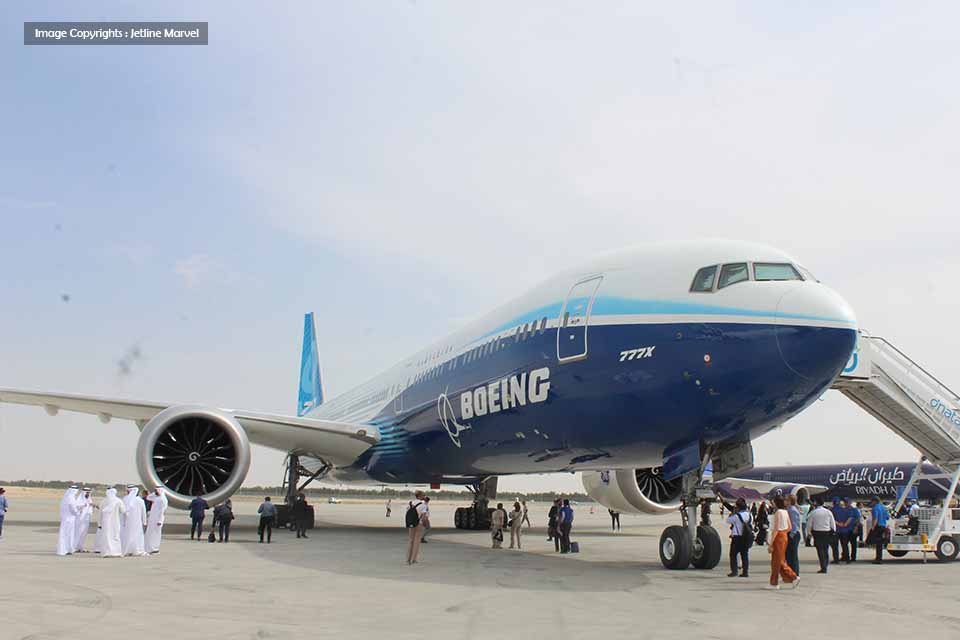Uncategorized
Boeing forecasts 234,000 new pilots and 4,720 planes in Southeast Asia by 2043

Boeing’s latest forecast reveals an optimistic outlook for Southeast Asia’s aviation market, predicting that passenger air traffic in the region will more than triple over the next two decades.
This growth is driven by economic expansion above the global average and a burgeoning middle class. According to Boeing’s 2024 Commercial Market Outlook (CMO), the region’s fleet of airplanes is expected to increase dramatically to 4,960 jets to accommodate the rising demand for air travel.
The CMO estimates that passenger air traffic in Southeast Asia will grow at an annual rate of 7.2% through 2043, significantly outpacing the global average of 4.7%.
David Schulte, managing director of Boeing Commercial Marketing for Northeast Asia, Southeast Asia, and Oceania, noted that the region is poised for the second-highest economic growth rate globally, with rising household incomes bringing new consumers into the aviation market. This trend is expected to particularly benefit low-cost and leisure travel models.
The forecast indicates that single-aisle airplanes will play a crucial role in enhancing connectivity across Southeast Asia’s island geography and facilitating travel demand throughout the Asia-Pacific region, especially for routes to China and Northeast Asia.
Key highlights from Boeing’s forecast include:
- Airlines in Southeast Asia are projected to increase their share of the Asia-Pacific fleet from 17% to 25%.
- To meet the growing long-haul demand, widebody aircraft like the 787 Dreamliner will account for one in five deliveries in the region.
- An anticipated need for over 120 new and converted freighters will arise to support the increasingly diversified global supply chains and the growth of e-commerce.
- The region will require 234,000 new pilots, maintenance technicians, and cabin crew, more than tripling the current active workforce.
In addition to this growth, Southeast Asia‘s commercial aviation sector is focusing on sustainability. Over the next 20 years, nearly 1,200 new, fuel-efficient airplanes will replace aging fleets, contributing to global efforts to achieve net-zero emissions by 2050.
Furthermore, the region’s available bio-based feedstocks are projected to supply approximately 12% of global sustainable aviation fuel (SAF) demand, according to Boeing-supported assessments.
